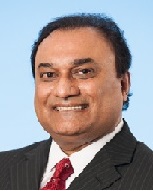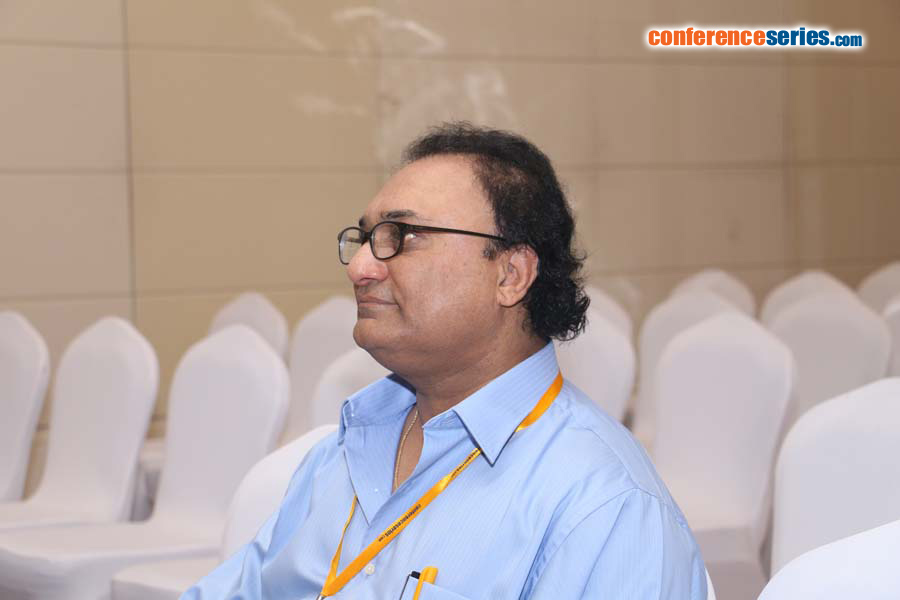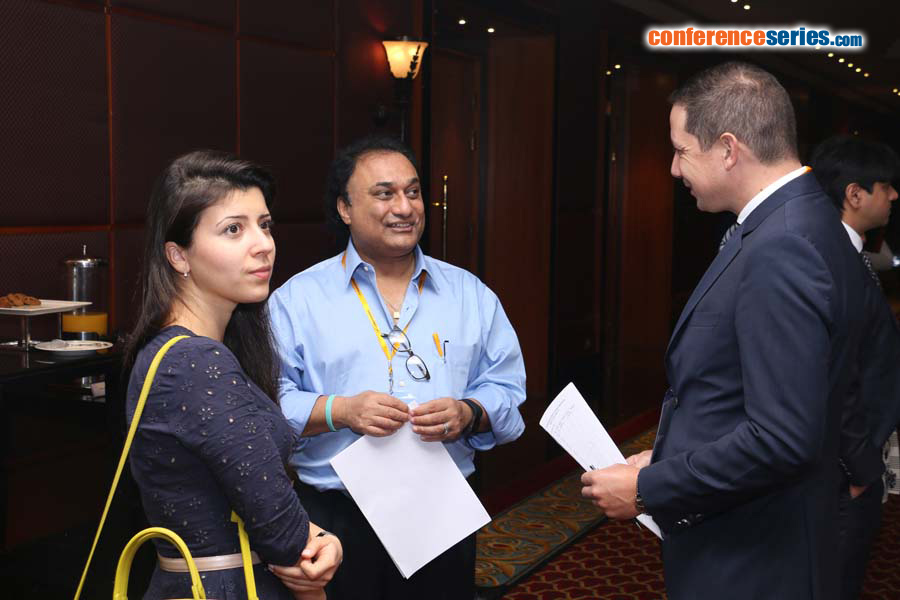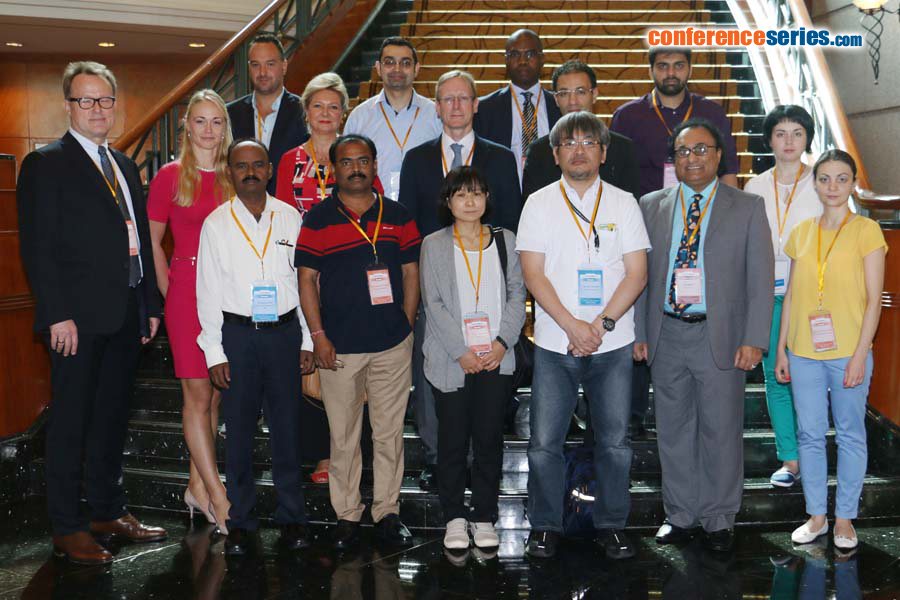
Biography
Biography: Naj Sharif
Abstract
Glaucoma is a blinding disease encompassing a multitude of retinal/optic neuropathies. Primary open angle glaucoma (POAG) is the most prevalent form that afflicts > 70 million people world-wide and is projected to increase as better diagnosis is accomplished. Currently there is no cure for POAG, and only the common symptom of elevated intraocular pressure (IOP) can be treated. However, there are patients whose IOPs are considered “normal” or low enough, whose vision continues to deteriorate, and their glaucoma remains uncontrolled. These patients may need alternative interventions such as neuroprotective agents that can retard their loss of vision. While FP-prostaglandin agonists (FPGAs) are first-line therapy for reducing IOP and preventing retinal ganglion cell demise, most FPGAs are losing their patent protection and there are many patients who are refractory to FPGAs-treatment and/or are highly sensitive to the drug or its preservative formulations. Additionally, there is the issue of non-compliance of patients due to infirmity, forgetfulness, inaccuracy of delivery to the ocular surface and/or simple abstinence of treatment in view of the ocular side-effects like hyperemia, ocular irritation and/or ocular allergies caused by the drug(s). Furthermore, many patients with POAG and ocular hypertension (OHT) require more than one type of drug to reduce and control their IOPs. Therefore, numerous companies and academic institutions have been heavily engaged in research & development of new drugs and devices to lower IOP and maintain it to a normal level for long periods of time. This presentation will discuss some of the novel IOP-lowering drugs (e.g. Omidenepag Isopropyl [DE-117]; Rhopressa [AR-11324; Netarsudil]; Trabodenoson [INO-8875]; Latanoprostene Bunod [Latanoprost-nitric oxide donor conjugate]; CF101; sustained release devices/implants for PG agonist), combination products (e.g. Roclatan [Latanoprost+AR-11324 fixed-dose combination]) and innovative devices coupled with surgical procedures (e.g., iStent; Xen shunt; InnFocus MicroShunt) that could become mainstay treatment modalities for treating glaucomatous retinopathies in the near future.




